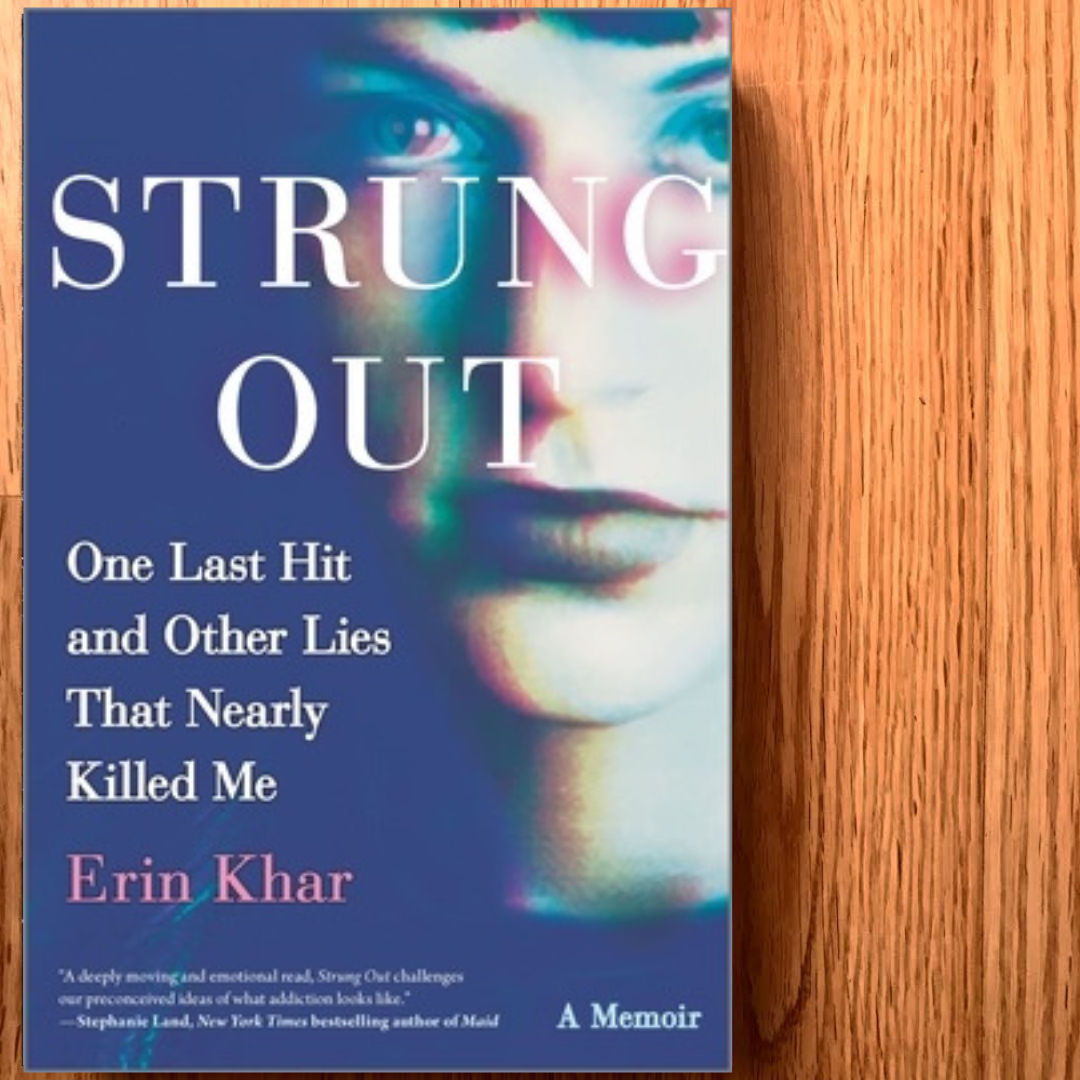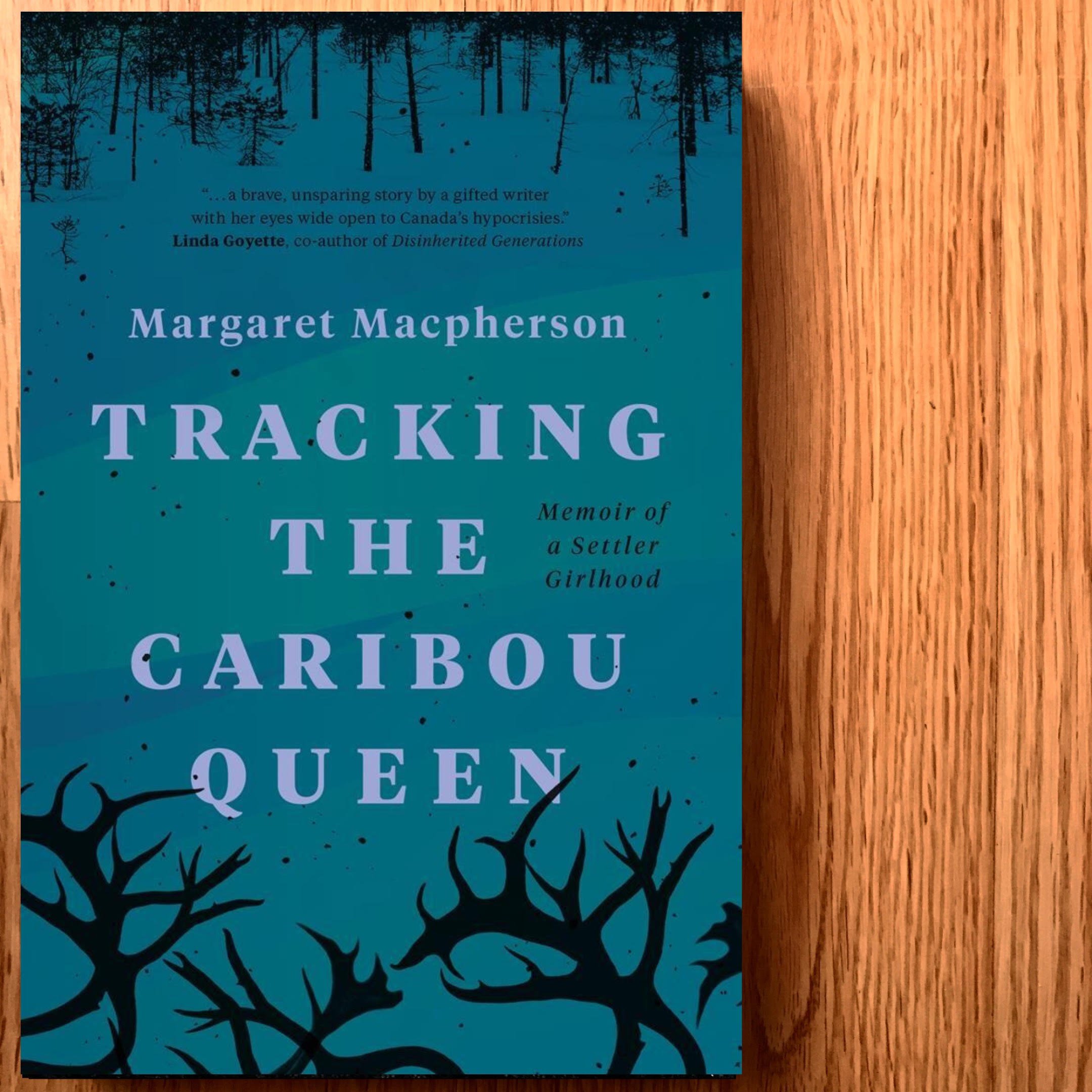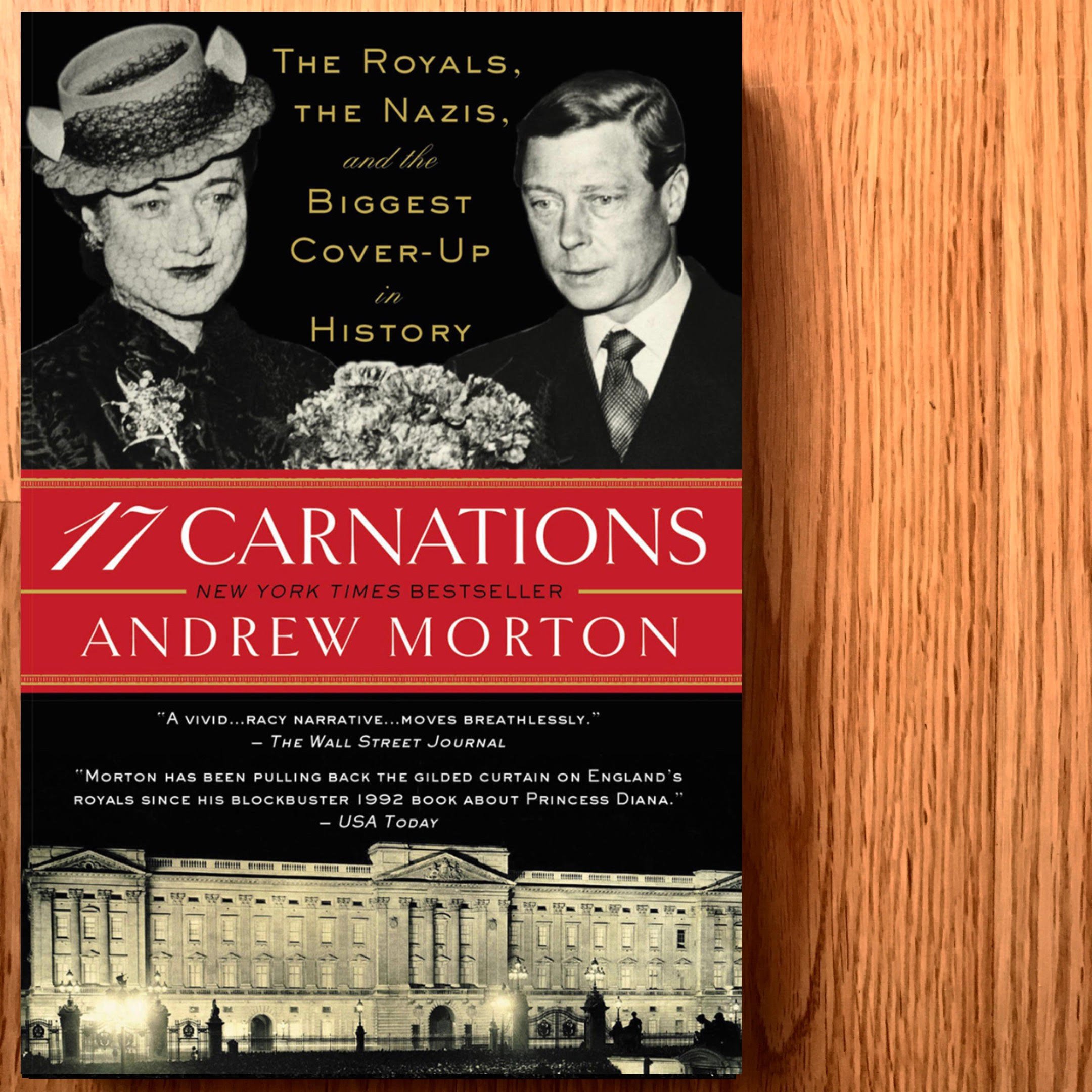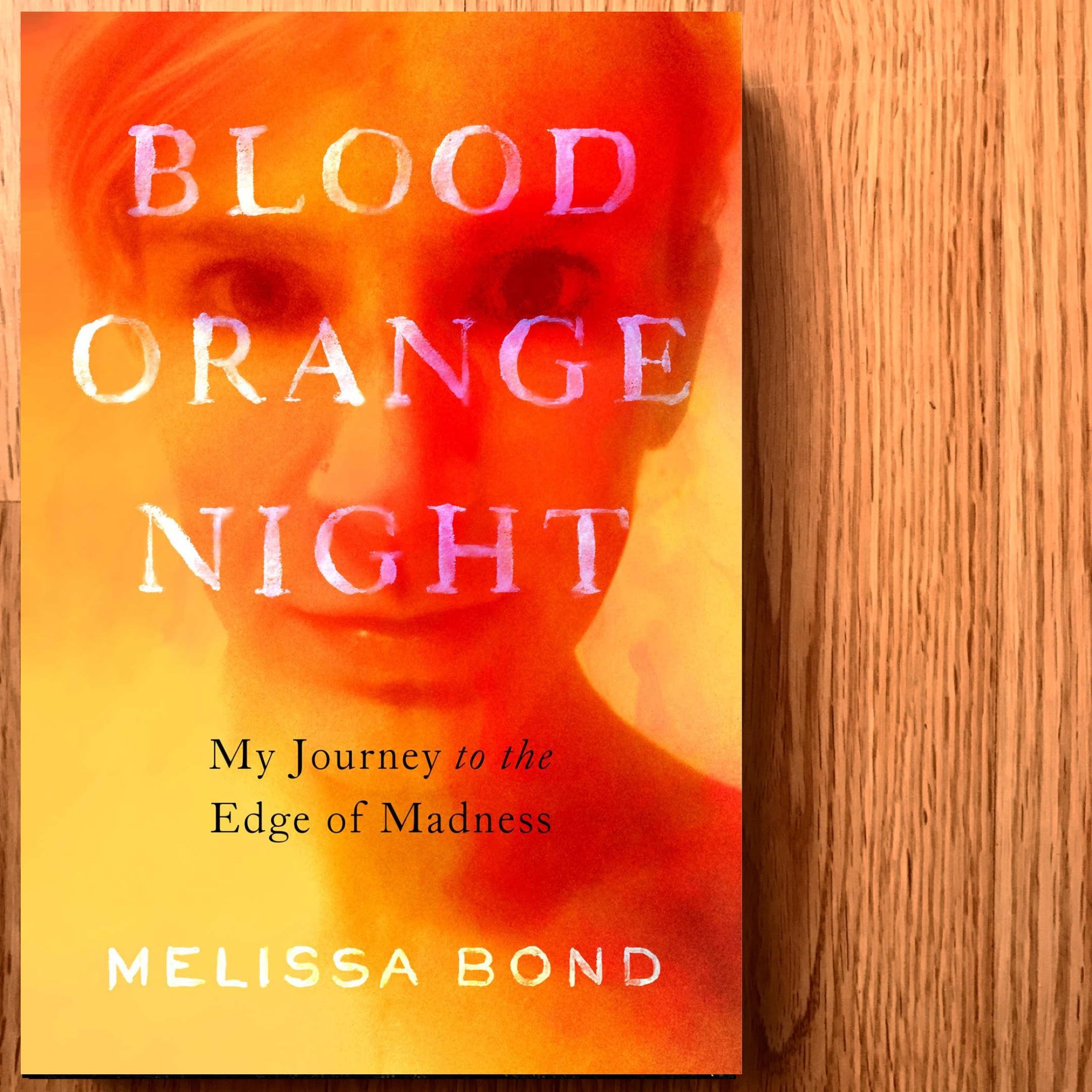By Tiffany Miller
Erin Khar’s memoir Strung Out: One Last Hit and Other Lies That Nearly Killed Me sucks you in from the very beginning. Strung Out starts with Erin Khar’s son Atticus asking his mom “if she ever did drugs?” A loaded question for someone who had been trapped in a cycle of addiction for years. Like any parent, Erin panics to find the words to answer her son’s question. But quickly she finds the courage to tell her son the truth of the perils of her personal drug use. Not only because he is growing up and will eventually be able to read how his mother publicly and honestly writes and speaks about her own experiences, but also because she doesn’t want to shelter him from the truth that could potentially save his life. This book was appropriately dedicated to “all those who didn’t make it, who left too soon. You are missed. You are loved.” and from page one this book had my undivided attention.
I live in a town like many others that has seen a growing opioid epidemic. An epidemic that has killed more people over the pandemic than COVID-19 itself. As someone who experimented with drugs in my youth, I’ve always wondered what the fine line is between drug experimentation and those that get drawn into addiction. The truth is that there is no line, there are no rules, and everyone is susceptible. As an adult I have seen it happen to many people and I know that anyone can fall victim, but it wasn’t something I could understand as a young person. When most people think of addiction, they imagine the marginalized, but the truth is addiction touches every corner of society and it affects a variety of people and families.
This book was vivid, eloquent, emotional, intellectually and philosophically engaging, and truthfully, I believe, a gift to humanity. There is something really special about seeing the world through someone else’s eyes. I think it profoundly helps us as humans to connect, build empathy, and understanding. I think it’s one of the primary things that draws me to books, connecting to other’s experiences, both real and fictional, and reading their thoughts and feelings as they navigate life’s ups and downs.
Erin Khar’s Strung Out captures you in her personal story of drug use, addiction, recovery, mental health issues, trauma, and unconditional family love. Erin’s family’s commitment to help her recover shows that there is always hope, that often people suffering from addiction are loved by someone, and that offering that supportive hand, whether it be the second, third, or fifteenth chance, could be the one that saves a life.
Thank you to Park Row Publishing for providing a complimentary copy of this book in exchange for an honest review.





















